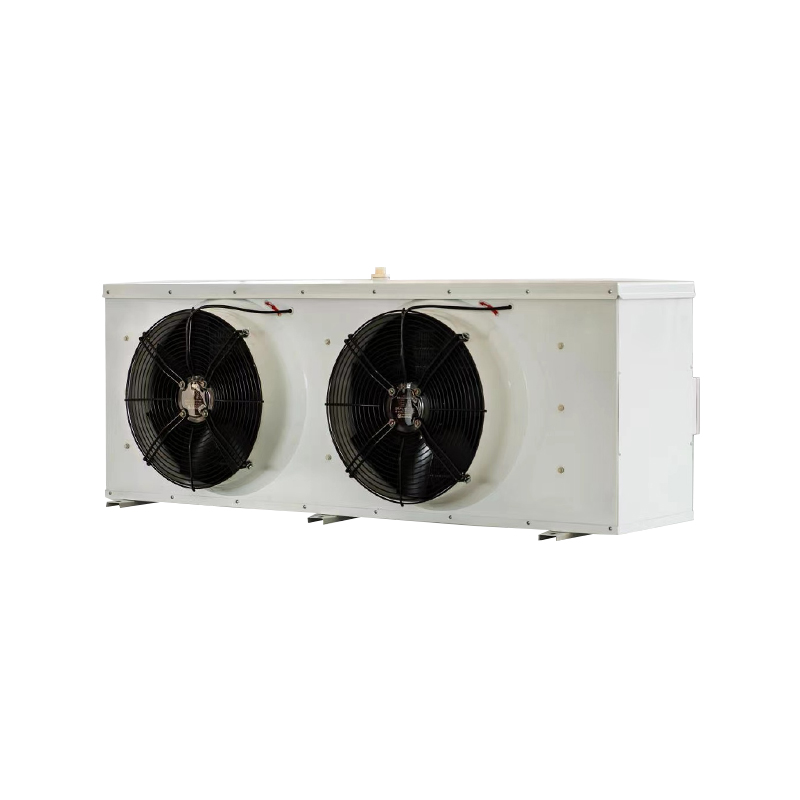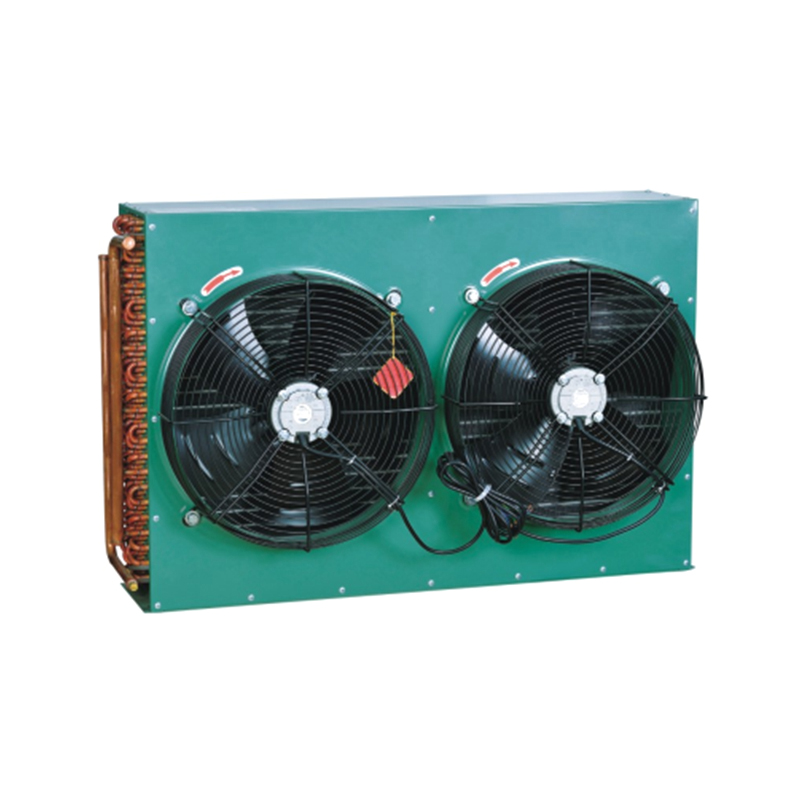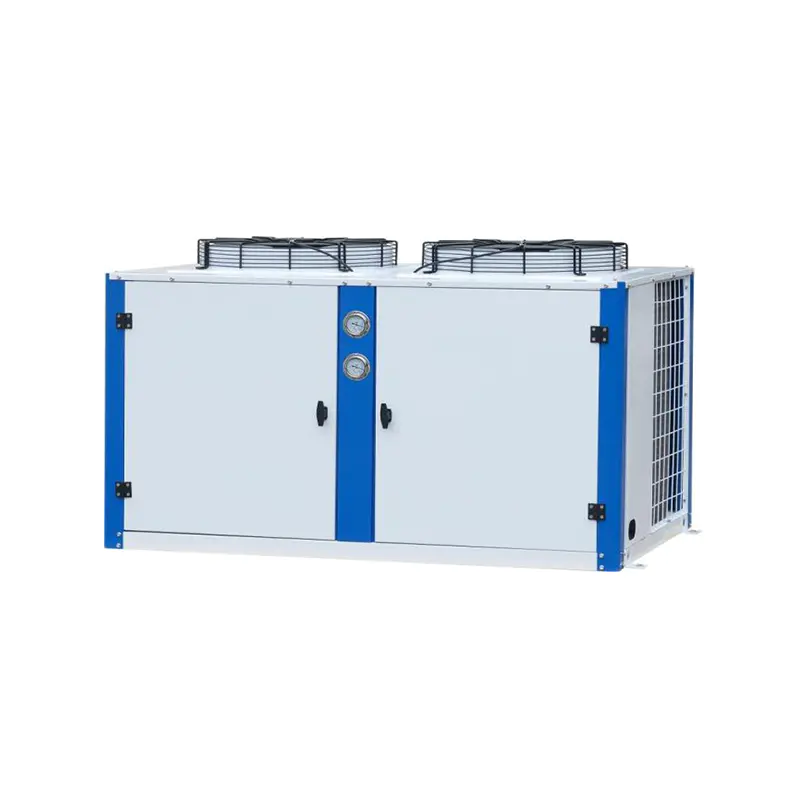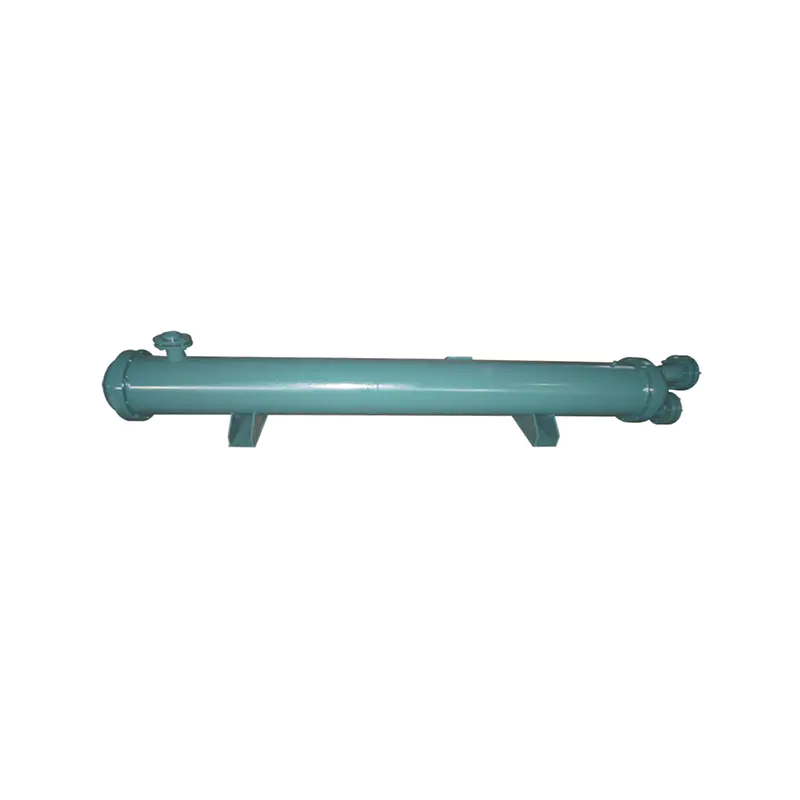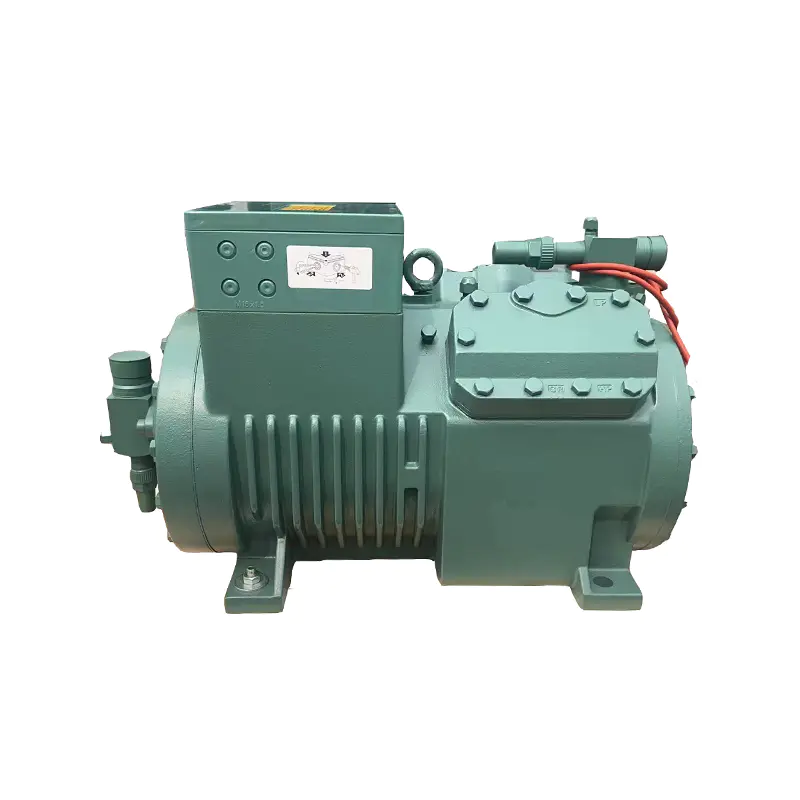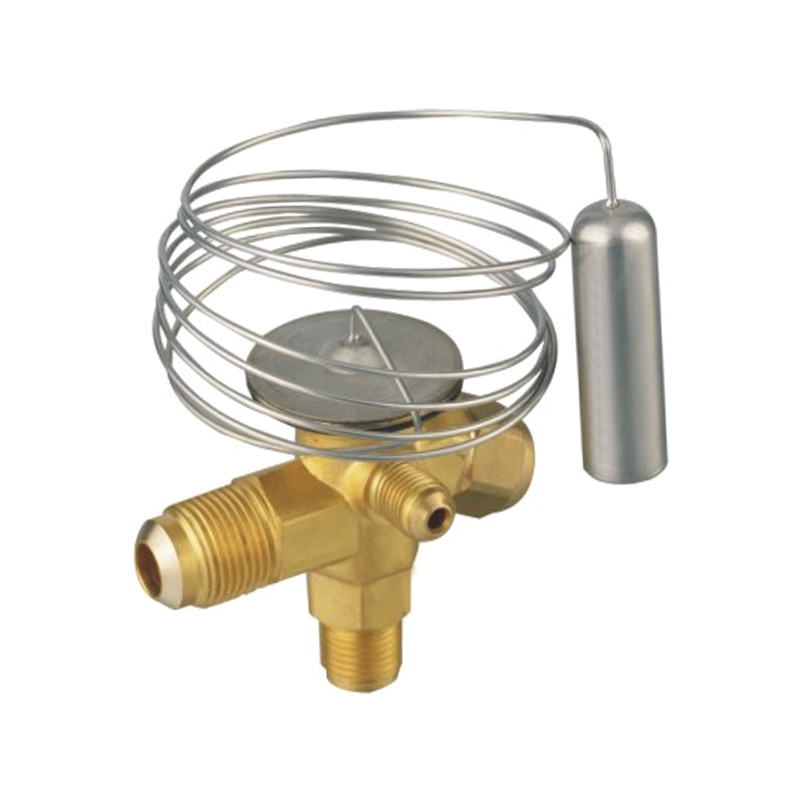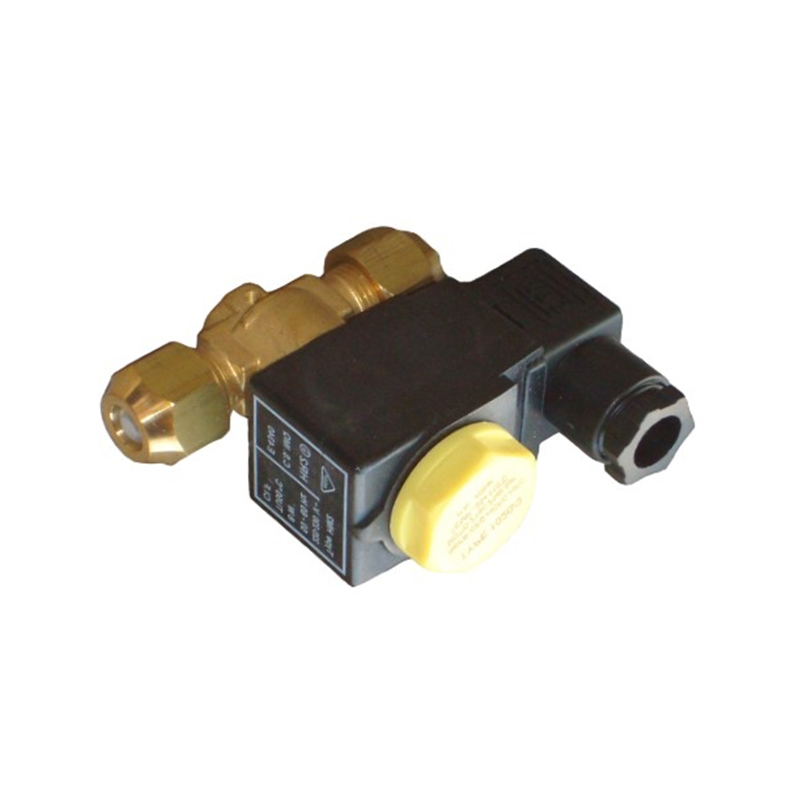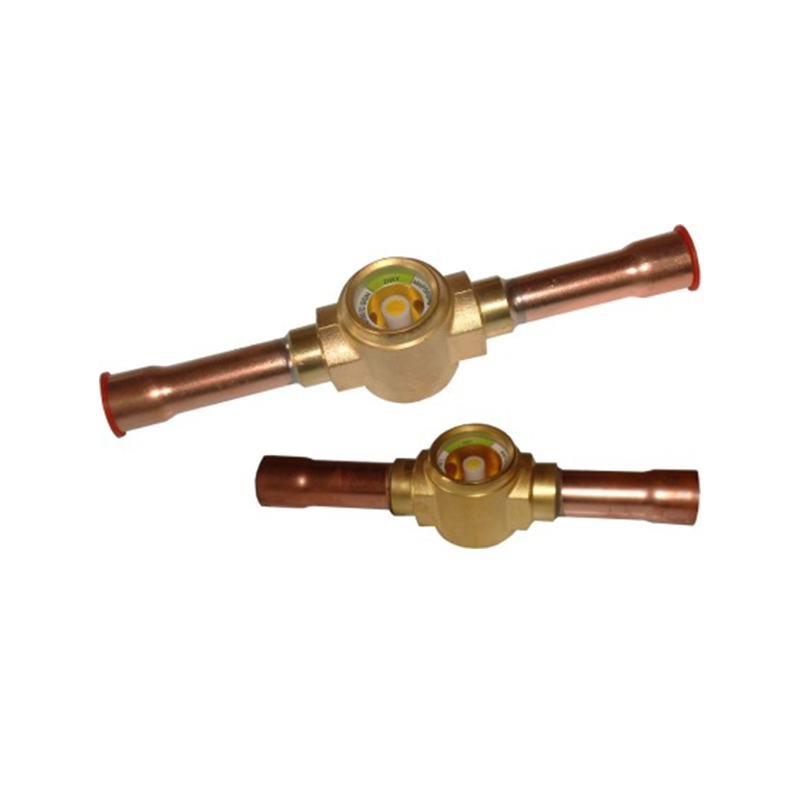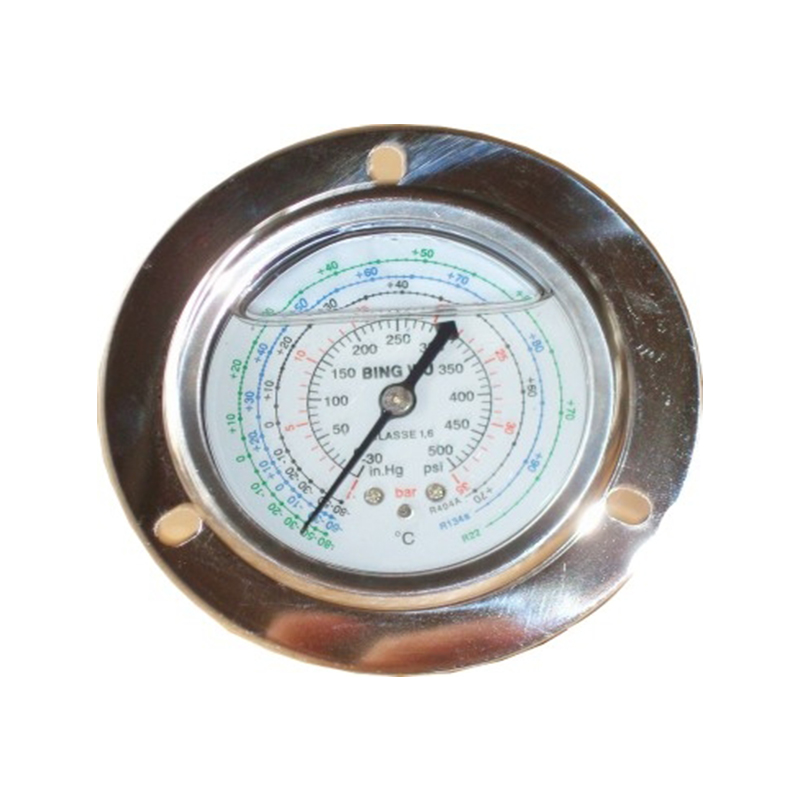1. Structure and material of wet curtains
Multi-layer corrugated fiber stacking: The wet curtain adopts a multi-layer corrugated fiber stacking design. This structure can increase the contact area between water and air, thereby improving the evaporation efficiency. The material of corrugated fiber usually has good water absorption and air permeability, which can allow air to pass smoothly while retaining moisture.
Designed for evaporative cooling: The material and structure of the wet curtain are specially designed for evaporative cooling, which can quickly form a uniform water film when water flows through, ensuring that the water can be evenly distributed and improving the effect of evaporative cooling.
2. Evaporative cooling principle of wet curtains
Water evaporation absorbs heat: When water flows through the wet curtain, a uniform water film will be formed on its surface. When this water film comes into contact with the air, the heat in the air will be absorbed by the water film, prompting the water to evaporate. The evaporation process is an endothermic process that can effectively reduce the temperature of the air.
Continuous cooling effect: Since the wet curtain can continuously provide moisture, it can achieve a continuous cooling effect to ensure that the temperature in the cold storage remains within the ideal range.
3. The collaborative work of wet curtains and fans
Negative pressure generation: In the DD type medium-temperature evaporator, negative pressure is generated when the fan is running, prompting hot air to pass through the water film on the surface of the wet curtain. The generation of negative pressure can accelerate air flow and improve the efficiency of evaporative cooling.
Hot air contacts the water film: When hot air contacts the water film on the surface of the wet curtain, the water evaporates and absorbs heat, thereby achieving a cooling effect.
4. Application of wet curtains in cold storage environments
Stable operation: The efficient evaporative cooling performance of the wet curtain enables the DD type medium-temperature evaporator to operate stably in a cold storage at -18℃, providing an ideal low-temperature storage environment for frozen foods such as meat and fish.
Improving cooling effect: The use of wet curtains not only improves the cooling effect of the evaporator, but also reduces energy consumption and improves the overall energy efficiency of the system.
5. The impact of wet curtains on the cold storage environment
Maintaining air humidity: During the evaporative cooling process, the wet curtain can not only reduce the temperature of the air, but also maintain the humidity of the air, creating a suitable storage condition for the cold storage environment. This is especially important for foods that need to be stored in a specific humidity environment.
Reduce energy consumption: The efficient evaporative cooling performance of the wet curtain can reduce the energy consumption of the cold storage and improve the overall energy efficiency of the system.

